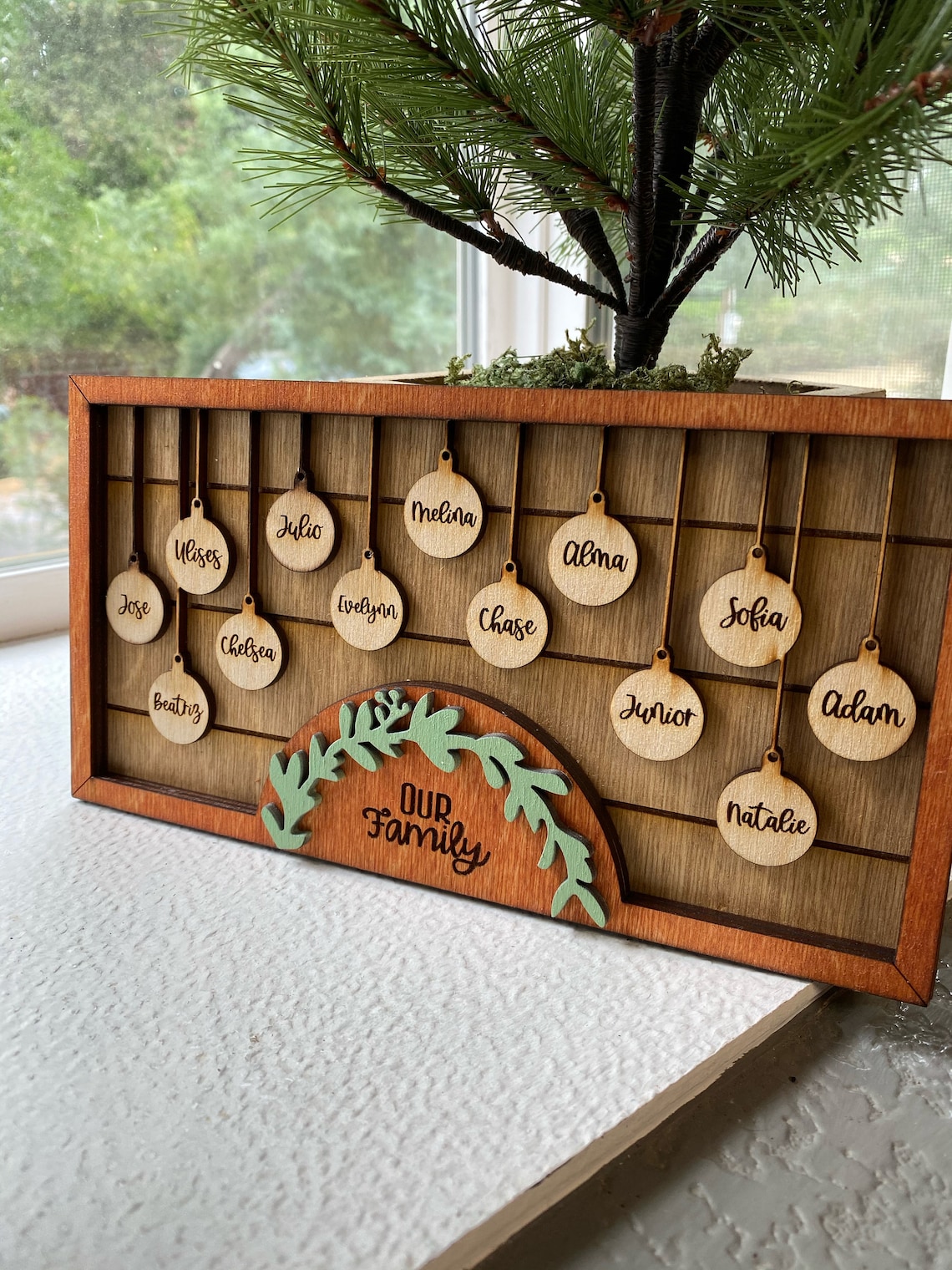How To Teach Personalised Baby Gifts
작성일 24-06-08 18:11
페이지 정보
작성자Kazuko 조회 39회 댓글 0건본문
One of the key benefits of having houseplants in our homes is their ability to improve air quality. Plants naturally remove toxins from the air through a process called photosynthesis, where they take in carbon dioxide and release oxygen. This can help to reduce the levels of harmful chemicals such as formaldehyde, benzene and trichloroethylene, which are commonly found in indoor environments due to household products and pollution. By having a variety of houseplants in your home, you can create a healthier and cleaner living space for you and your family.
 3. Spider Plant: One of the easiest houseplants to care for, the spider plant is known for its long, arching leaves and ability to purify the air. It does well in a range of light conditions and only requires occasional watering.
3. Spider Plant: One of the easiest houseplants to care for, the spider plant is known for its long, arching leaves and ability to purify the air. It does well in a range of light conditions and only requires occasional watering.
In addition to their air-purifying and mood-boosting benefits, houseplants can also enhance the aesthetic appeal of our homes. With a wide variety of shapes, sizes and colours to choose from, houseplants can be used to add a touch of greenery to any room, whether it be a small succulent on a windowsill or a large fiddle-leaf fig in a corner. Plants can also be used to create focal points and add interest to a space, transforming blank walls and empty corners into vibrant and inviting areas that reflect our individual style and personality.
1. Light: Most tropical houseplants prefer bright, indirect light. Place your plants near a window where they can receive filtered sunlight throughout the day. Avoid placing plants in direct sunlight, as this can cause their leaves to burn.
The history of garden design is a rich tapestry of styles, influences, and innovations, reflecting the changing aspirations, values, and aesthetics of different societies. From the formal gardens of ancient civilizations to the contemporary landscapes of today, the art of garden design has continually evolved to meet the needs and desires of each era. The principles of sustainability, biodiversity, and ecological sensitivity are now guiding the evolution of garden design, as designers seek to create landscapes that are both beautiful and environmentally friendly. The future of garden design promises to be as diverse, dynamic, and innovative as its past, as designers continue to push the boundaries of creativity and imagination in shaping the landscapes of tomorrow.
The history of garden design can be traced back to ancient civilizations such as Mesopotamia, Egypt, and Persia, where gardens were seen as symbols of power, prestige, and wealth. These early gardens were often enclosed by walls or hedges, with geometrical layouts, water features, and carefully manicured plants. The Hanging Gardens of Babylon, one of the Seven Wonders of the Ancient World, is a prime example of the grandeur and opulence of ancient garden design.
In conclusion, the history of garden design in Britain is a testament to the enduring power of nature and the human desire to create beauty and order in the world around us. From the formal gardens of the Tudor era to the wild landscapes of the Romantic period, the evolution of garden design in the personalised gifts uk has been shaped by a diverse range of influences and continues to inspire and delight us to this day.
One of the most famous proponents of the Romantic style of garden design was Capability Brown, who is often referred to as the "father of English landscaping." Brown was responsible for designing many of England’s most famous landscapes, including Blenheim Palace, Chatsworth House, and Stowe House. His designs were characterized by their naturalistic planting schemes, rolling lawns, and meandering lakes, which were intended to create the illusion of an untouched, wild landscape.
Tropical houseplants originate from tropical regions around the world, such as Southeast Asia, South America, and Africa. These plants thrive in warm, humid environments with plenty of light, making them well-suited for indoor spaces. Tropical houseplants come in a wide variety of shapes, sizes, and colours, from large, leafy palms to tiny, delicate orchids.
Houseplants have become increasingly popular in recent years, with many people recognising the numerous benefits they bring to both our homes and our well-being. From improving air quality to boosting mental health, the humble houseplant is a simple yet effective way to add a touch of nature to our indoor spaces.
The Victorian era ushered in a new era of garden design, with the rise of the gardenesque style and the influence of exotic plants and materials from around the world. Victorian gardens were characterized by their eclectic mix of styles, materials, and plants, with ornate structures, intricate borders, and colourful displays. The formal bedding schemes and intricate parterres of the Victorian era reflected the opulence and grandeur of the period, with an emphasis on display and showmanship.
To ensure your houseplants thrive and remain healthy, it's important to provide them with the right conditions and care. This includes watering them regularly, but not overwatering, as this can lead to root rot and other issues. It's also important to provide your plants with the right amount of sunlight, humidity and temperature, as well as regular feeding with a balanced plant food to promote growth and flowering. Regularly inspect your plants for any signs of pests or disease, and take appropriate action to treat and prevent any issues that arise.
댓글목록
등록된 댓글이 없습니다.
